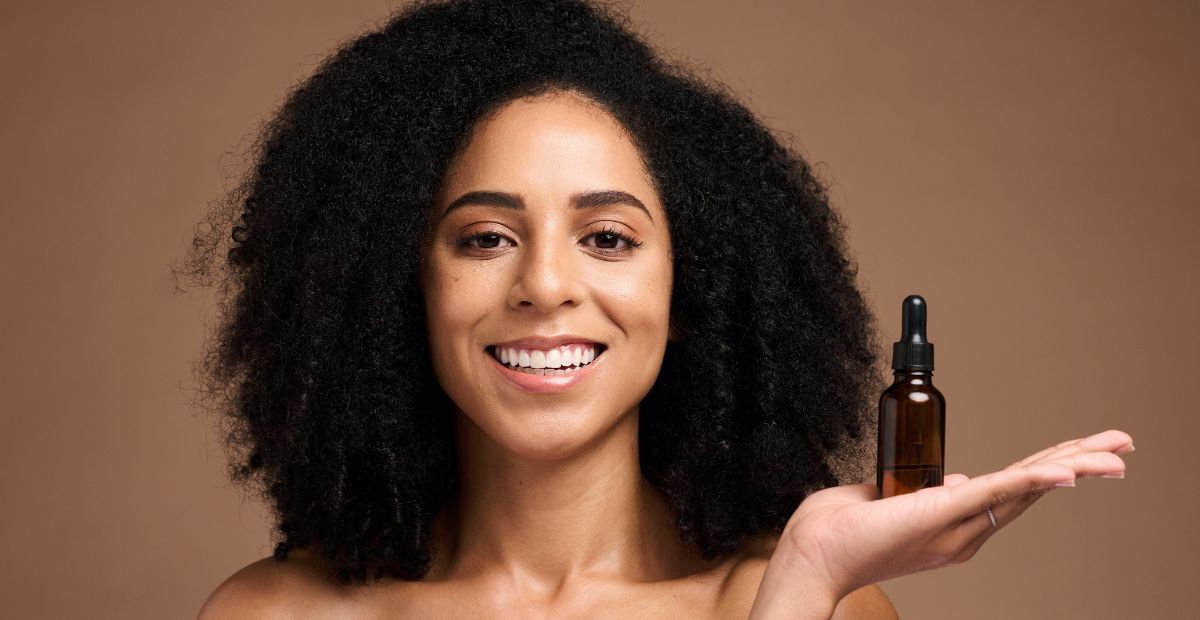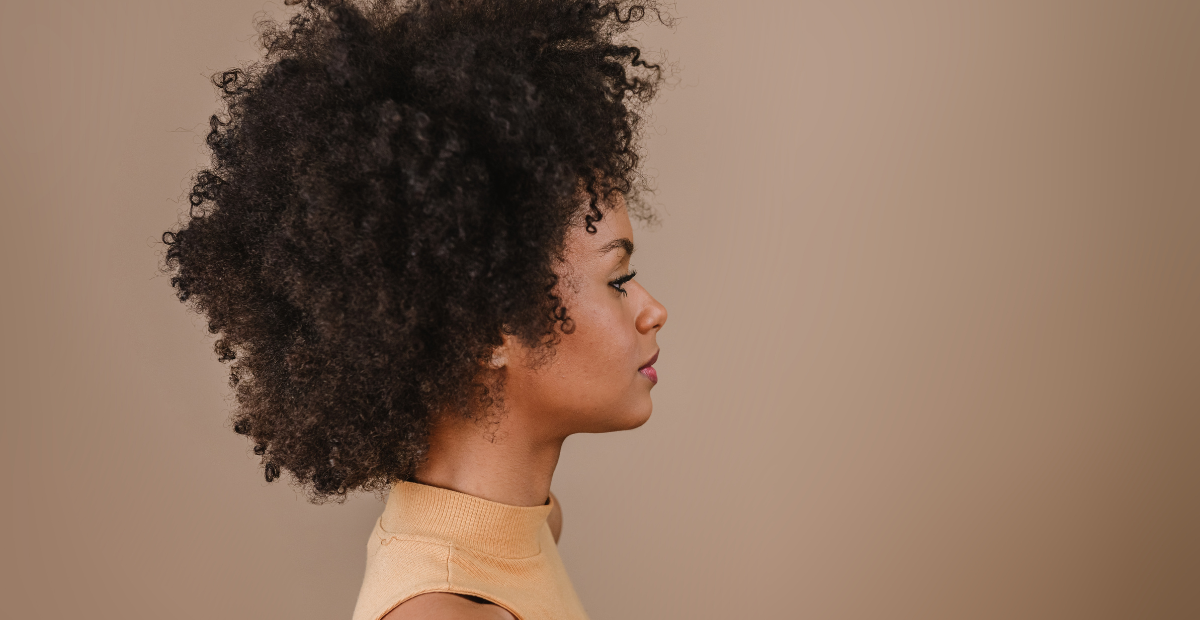Why You Need a Silk Pillowcase (And What Copper and Zinc Can Do)
Onskin Content Team
Your guides through the skincare chaos
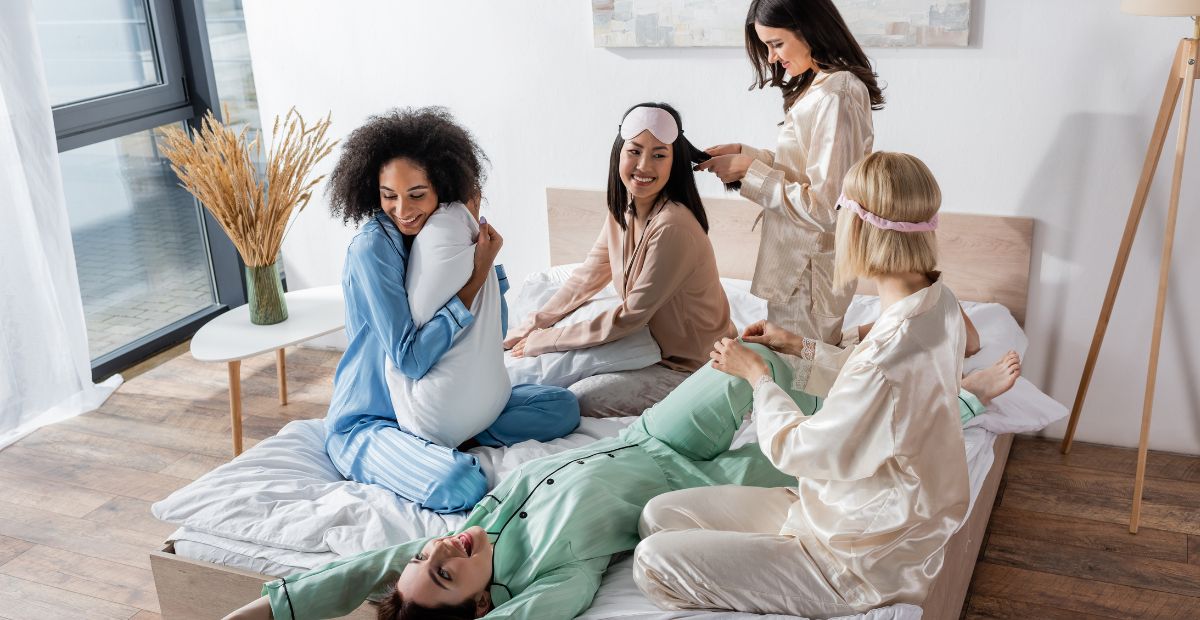
Ever wake up with creases on your face or tangled hair like a wild animal had a midnight party? We’ve all been there. That’s why a silk pillowcase has been getting so much attention lately. It’s not just about luxury (though it does feel like sleeping on a cloud)—there’s real science behind this fabric.
Let’s spotlight all the wows that make a silk pillowcase (plus those infused with copper and zinc) worthy of a spot on your nightstand.
Before You Slip into Silk
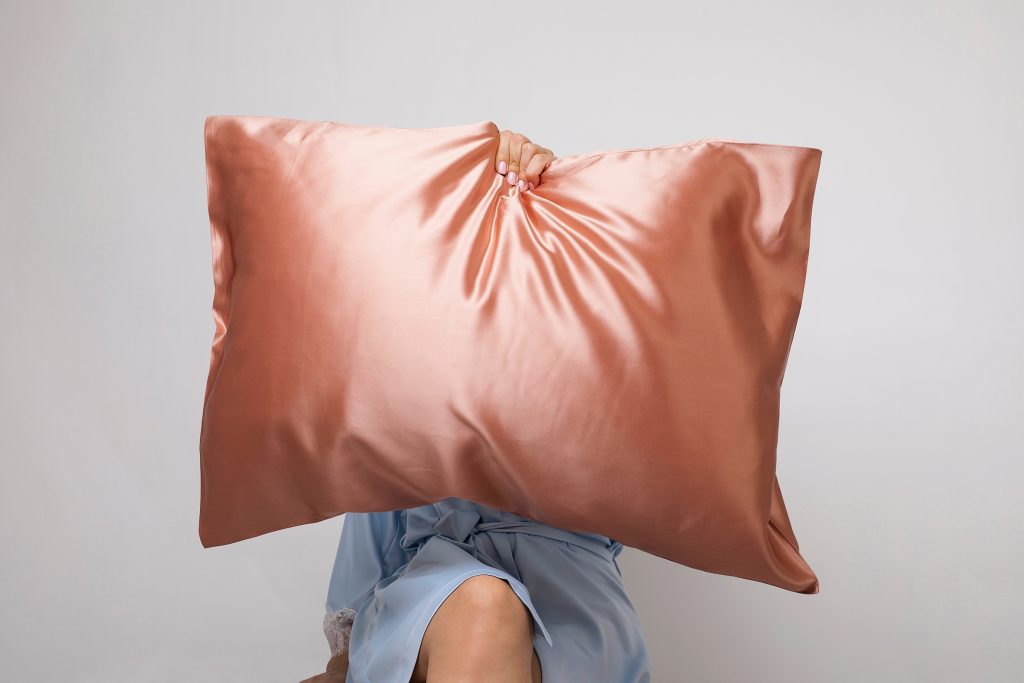
First off, silk feels incredibly smooth. Think of the softest, most delicate fabric that glides against your skin like a caress. Unlike cotton, which can feel a bit rough, silk’s texture is naturally slippery and gentle, reducing friction as you toss and turn in bed. This means less tugging on your hair and skin.
Silk comes from silkworms, which spin cocoons as larvae of the silk moth, scientifically called Bombyx mori. The production of silk begins with breeding these silkworms and finishes by carefully unraveling the delicate threads from their cocoons.
What makes silk special are its natural proteins. For example, fibroins give silk its famous softness and shiny look. Other ones, called seroins, act like tiny natural defenders—these proteins help protect the silkworm from viruses and bacteria.
Because of these unique proteins, silk is not only soft and sheen but also naturally antimicrobial. Plus, it absorbs moisture more slowly than cotton while still holding some moisture, creating a gentle, hydrating environment that’s kind to your skin and hair overnight.
So let’s go through silk pillowcase benefits one by one. But before you dive in, make sure OnSkin has already checked all the perks and pitfalls of your skincare products.
3 Perks of a Silk Pillowcase You Need to Know

Cut to the chase! Here are key silk pillowcase benefits, proving it might be worth the switch. And it’s not just about feeling fancy. On the contrary, silk comes with real, science-backed benefits for your skin, hair, and overall sleep comfort. Here’s what makes it special:
🧖 Gentle on Skin and Hair
Next time someone asks, “Is silk good for your skin?” just nod and say, yes. And here’s why.
The smooth surface of silk means less friction, which helps prevent sleep lines and wrinkles from forming overnight. Plus, for your hair, this means less breakage and frizz. Especially if you have curly or delicate hair, a silk pillowcase can help keep those curls defined and your strands intact.
Want to have the best hair routine possible? Check out this guide.
But silk is not just about texture only. One study found that silk slightly warms as it absorbs moisture, creating a more stable and soothing environment on contact. This gentle warmth may reduce frizz and prevent drying, especially compared to more absorbent, rougher fabrics like cotton or linen.
🛡️ Clean and Protective

Silk has a natural ability to stay cleaner for longer thanks to proteins called seroins, which protect silkworms from viruses and bacteria. And research published on PubMed backs this up. These properties may help silk resist bacterial growth, making a silk pillowcase a great choice for acne-prone or sensitive skin.
During the COVID-19 pandemic, a laboratory-based study looked at how well silk fabric could protect people when used in masks and protective gear. This study found that silk has antimicrobial, antiviral, and antibacterial capabilities. At the same time, this fabric stays breathable and lightweight—perfect for pillowcase fabric in contact with our skin.
💧 Helps Retain Moisture
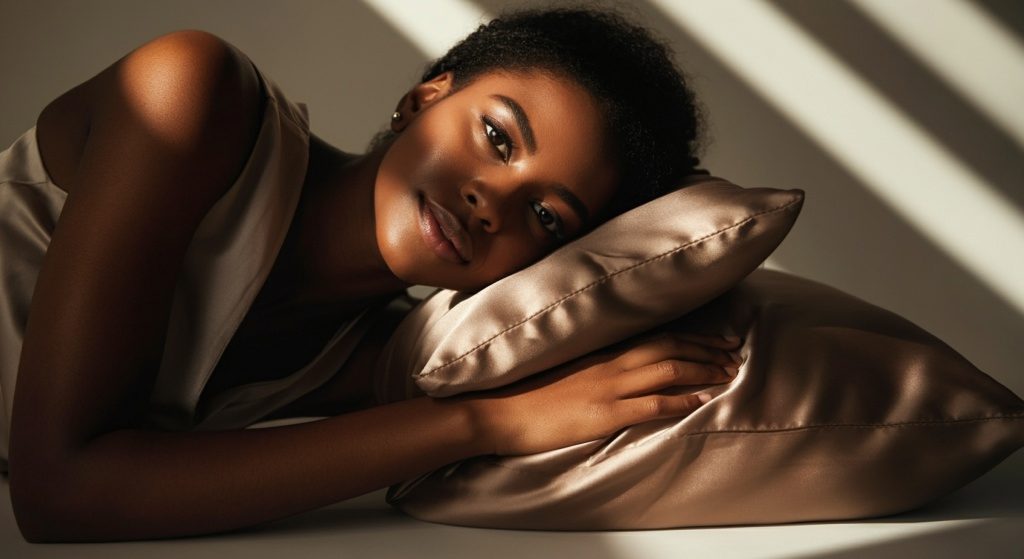
Unlike cotton or linen, silk doesn’t soak up your skin and hair’s natural hydration. Instead, it holds moisture close, creating a more balanced, non-drying surface throughout the night.
According to a Japanese fabric study, silk absorbs less moisture than cotton or linen but more than wool. Plus, it holds onto that moisture longer because of its unique structure. This can make a silk pillowcase especially helpful in preventing dry skin and frizzy hair while you sleep.
Do Copper Pillows Work?
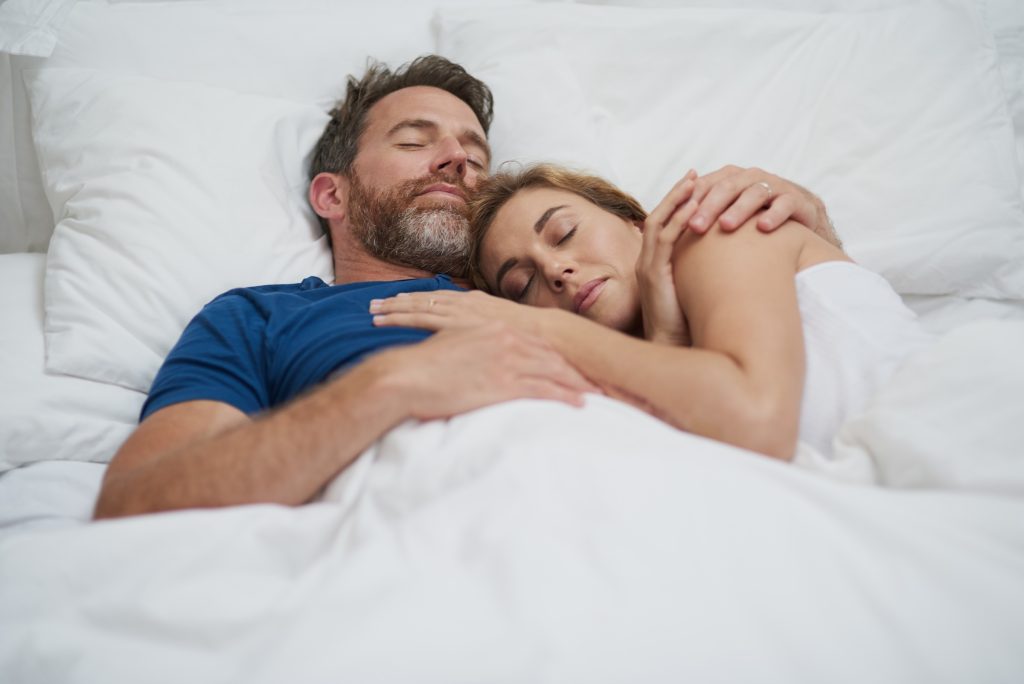
If you want to level up your sleep routine even more, meet the copper pillowcase. It has copper oxide particles embedded in fabrics like polyester or nylon. And in the skincare world, copper is like silk’s cool cousin.
Why so? Copper has long been known for its antimicrobial powers. Today, science shows a copper pillowcase not only kills bacteria but also speeds up wound healing and helps prevent fine lines and wrinkles.
In a one-month study, people aged 40-60 who slept on copper oxide pillowcases saw a visible reduction in wrinkles and crow’s feet within just two weeks. Another similar study found that skin’s roughness (think fine lines and wrinkles) improved by about 9% each month for those using copper pillowcases.
So yeah, copper does seem to help improve your skin while you sleep.
What About Zinc?
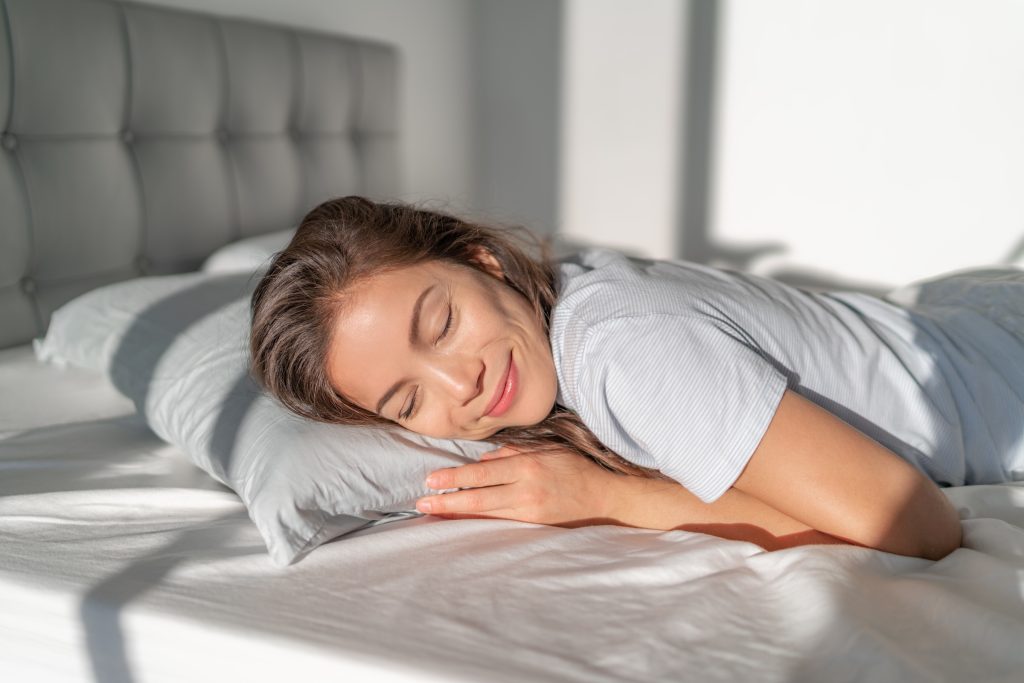
In the skincare arena, zinc is already a superhero that fights acne and guards your skin against sun damage. But in textiles, it’s not as well-known as silk or copper and is only starting to get the spotlight.
One small but promising trial comes as proof. In this study, fabrics infused with zinc oxide were tested on people with atopic dermatitis—a condition that causes severe itching and irritation. Participants wore zinc-infused underclothes, namely trousers and long-sleeve shirts. And after just a few nights, they reported much less itching, better sleep, and improved skin appearance.
Well, looks like zinc textiles might be the gentle hug your sensitive skin has been waiting for.
Sleep on This
Now you know how to make your sleep work harder for you—by choosing a pillowcase with real benefits. So, what to pick?
A silk pillowcase, if you want better care for both your skin and hair. It helps lock in moisture, reduces friction, and naturally fights bacteria. Or how about copper? It also helps fight germs and even supports skin healing. Maybe zinc? Well, it’ll be calming to your sensitive skin and ease annoying irritation.
If your pillow’s already doing its job and taking care of your skin, it might be time to check if your skincare products are doing the same. With the OnSkin app, you can quickly find out which products truly work for your skin and hair.
FAQ
-
Where do I start with OnSkin?
Download the app and think of a product you’d like to know more about. Then, go to the main screen and choose how you’d like to get the info —by manually looking it up in the search bar, by scanning its barcode, or by simply taking a picture of the packaging. Once you’ve done any of these, you can see how safe the product is and if it suits your skin or hair (if this analysis is available).
-
What is Safety Rating, and how is it calculated?
In OnSkin, we base product rates on ingredients. Each is closely studied by our medical team and then evaluated. This way, each product gets a score from 0 to 100, with 100 as the safest level.
Safety Levels
- Excellent (76–100)
- Good (51–75)
- Not great (26–50)
- Bad (0–25)
These scores are backed by the latest scientific studies. You can find links to the resources we’ve used on each ingredient page. To assess the safety of product ingredients, we evaluate them according to the following parameters/criteria
- Endocrine disruption risk / Reproductive toxicity
Indicates the probability of mimicking, blocking, or interfering with the body hormones.
- Сarcinogenicity
Measures the potential risk of inducing cancer.
- Allergy risk
Estimates the probability of an allergic reaction.
- High concentration alert
Determines the risk of being unsafe in certain amounts.
-
What is Skin Match?
Based on the info you input about your skin type, age, skin care goal, and other “settings,” OnSkin checks how well a product is tailored to your unique skin needs — it’s basically like a dermatologist helping you find the right products, minus the fees and the long wait. The product you’re checking might be labeled as It’s a match!, Hit-or-miss, or Not a match for you. The app also detects ingredient groups such as Anti-acne, Anti-inflammatory, Moisturizes, May be drying, Comedogenic, and others — by tapping one, you see exactly what ingredients from this or that group are in the product.
-
I seem to have a problem with using the app. Who should I contact?
Please reach out to us at [email protected], and we’ll carefully look into your issue. Your ideas for improving the app are also very welcome!
-
Do you have an Android version?
Not yet! Hey Android users, we hear you, and we're thinking about making an Android version, but we haven't started the development yet.
Tracker Sent!
It’s on the way to your inbox.


